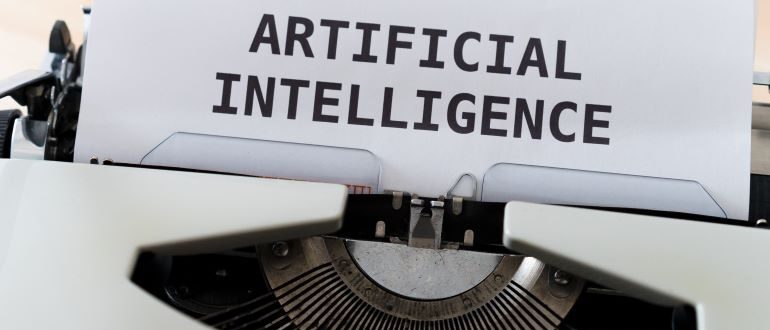
DeepSeek, a Chinese startup behind a new artificial intelligence (AI) model capable of new levels of “reasoning”, is making waves of deep impact throughout Silicon Valley and beyond, raising questions about the U.S.’s dominance in AI.
The model, called R1, outperformed OpenAI’s o1 in a set of third-party benchmark tests released Monday. R1 is the latest creation from DeepSeek whose DeepSeek-V3 AI system can match or outperform chatbots from America’s best – despite being built at a fraction of the cost and with less-powerful chips.
“To see the DeepSeek new model, it’s super impressive in terms of both how they have really effectively done an open-source model that does this inference-time compute, and is super-compute efficient,” Microsoft Corp. CEO Satya Nadella said at the World Economic Forum in Davos, Switzerland, on Wednesday. “We should take the developments out of China very, very seriously.”
The startup’s research paper claims R1 replicates “performance comparable to OpenAI o1 across math, code, and reasoning tasks”, and more through “pure reinforcement learning” – a technique Jim Fan, a senior research manager at NVIDIA Corp., compared to the secret behind making Google DeepMind’s AlphaZero, a master at chess from scratch.
DeepSeek said that an earlier version of R1 called R1-Zero, struck an “aha moment” during which AI “learns to allocate more thinking time to a problem by reevaluating its initial approach.” Wharton professor Ethan Mollick said R1’s responses read “like a human thinking out loud.”
In another set of third-party benchmark tests, DeepSeek said its system outperformed Anthropic’s Claude Sonnet 3.5, OpenAI’s GPT-4o and Meta Platforms Inc.’s Llama 3.1 in accuracy ranging from complex problem-solving to math and coding.
But perhaps most chilling to American researchers is that DeepSeek said it built a free, open-source large-language model (LLM) in just two months and for less than $6 million. The company said it relied on reduced-capability chips from NVIDIA called H800s.
Conversely, Big Tech has been pouring billions of dollars into building AI models and data centers. Silicon Valley’s resource-rich AI labs – led by efforts at OpenAI, Google, and Anthropic – increasingly are focusing on “reasoning” as a trailblazing path that eclipses human intelligence. But the process is expensive and demands an inordinate amount of computing power. Meta is expected to spend $65 billion on AI this year, according to a New York Times report.
“Absolutely it [scares American companies] because [DeepSeek] democratizes the capabilities for solving complex math, and also more principled logic, which previously was only available generally by purchasing OpenAI and other licenses,” Chris Mattmann, chief data and AI officer at UCLA, who helped craft the executive order on AI safety recently revoked by President Donald Trump, said in an email.
“You could say DeepSeek got the valley’s attention, especially those spending big on AI,” James Winebrenner, CEO of Elisity, said in an interview.
Earlier this week, President Trump announced Stargate, a $500 billion private sector AI infrastructure project to build data centers in the U.S., though reports are already disputing the ability of the project to raise a fraction of that amount.
Still, AI players in the U.S. expect a hands-off regulatory policy from the new administration, and projects like Stargate to accelerate efforts in reasoning and other AI innovation.
Nonetheless, the emergence of DeepSeek and the Chinese AI ecosystem has tech leaders concerned as they pursue a multi-trillion-dollar market in which the two countries lead the rest of the world.
Founded in 2023 by Liang WenFeng, DeepSeek originated from Chinese hedge fund High-Flyer Quant, which manages about $8 billion in assets, according to the Financial Times. It is one of several Chinese companies making noise in AI. Startup 01.ai was trained with just $3 million, and TikTok parent, ByteDance this week released an update to its model that claims to outperform OpenAI’s o1 in a key benchmark test.


